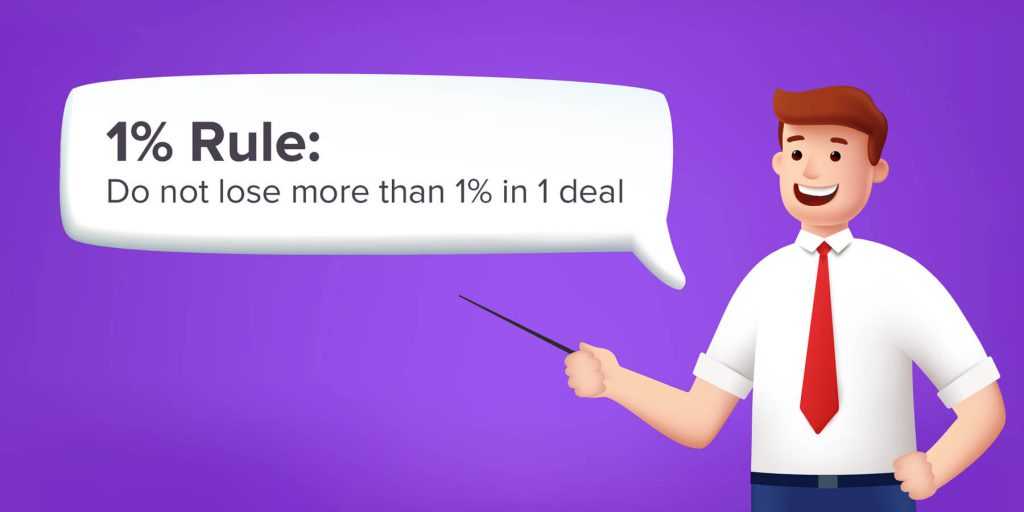Let’s start with an example. Imagine two traders. Trader A can boast a 50% win rate, $200 average profit and $100 average loss. Trader B has a 75% win rate but also an average profit of $100 and an average loss of $400. It is easy to notice that in the long run trader A, though less successful in terms of the win rate, will win, while trader B will siphon his money.
What does it mean for you? In trading, it is usually more important not to lose what you have than to earn more. Countless traders, investors and industry experts have dedicated their time to the problem of risk management and, in the end, came up with what may seem like a commonly accepted solution. Turns out, the first thing to consider is the amount of money you can afford to lose in a single deal.
But what exactly this amount should be? Should you risk $10, $100 or $1000? No! Most professional traders believe that the amount of money you spend on a single trade should not be fixed, it should rather be a percent of your entire trading budget.
Opinions differ on the percent you might want to choose. Some say, it should not exceed 3%. But, according to the most conservative approach, it should be as little as 1%. The 1% rule can also be interpreted differently — some say that you are not supposed to allocate more than 1% of your entire account to a single deal (since you can lose your entire investment), others believe that as long as you can properly manage your risks, you can allocate any amount of money but close the deal as soon as you lose 1% of your entire account. If the second approach is closer to you, then you might allocate a higher percentage (as high as 100%) but leave the deal prematurely as soon as your losses reach 1%. This is where Stop-Loss functionality comes into play.
Nobody is able to win 100% of his trades. It is, therefore, essential for a trader to make sure that he doesn’t lose what he cannot afford to lose. When using the ‘1% rule’ you will have to lose a sizeable amount of deals in a row to completely wipe out your account, giving you enough room for error.
But is it at all possible to receive payouts by trading when you only allocate as little as 1% of your trading capital to a single deal? Most professional traders believe that the answer is yes. By risking less and winning less you actually make your trading strategy more consistent and can, therefore, switch from substantial but mostly random wins/losses to less impressive yet more stable results.


